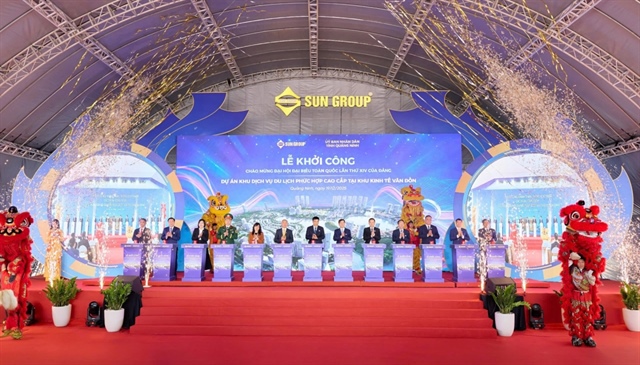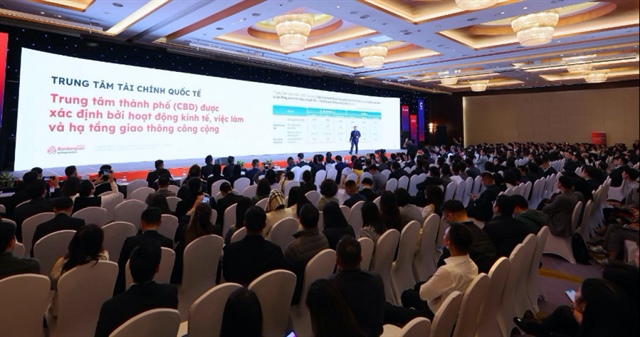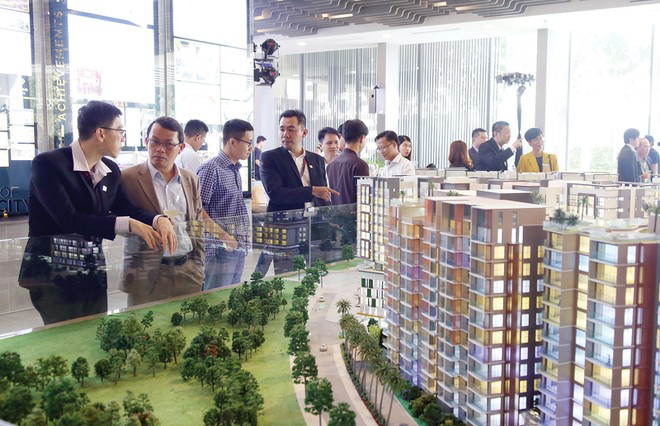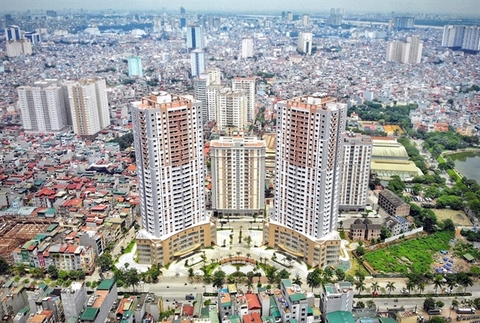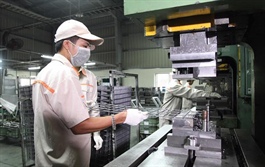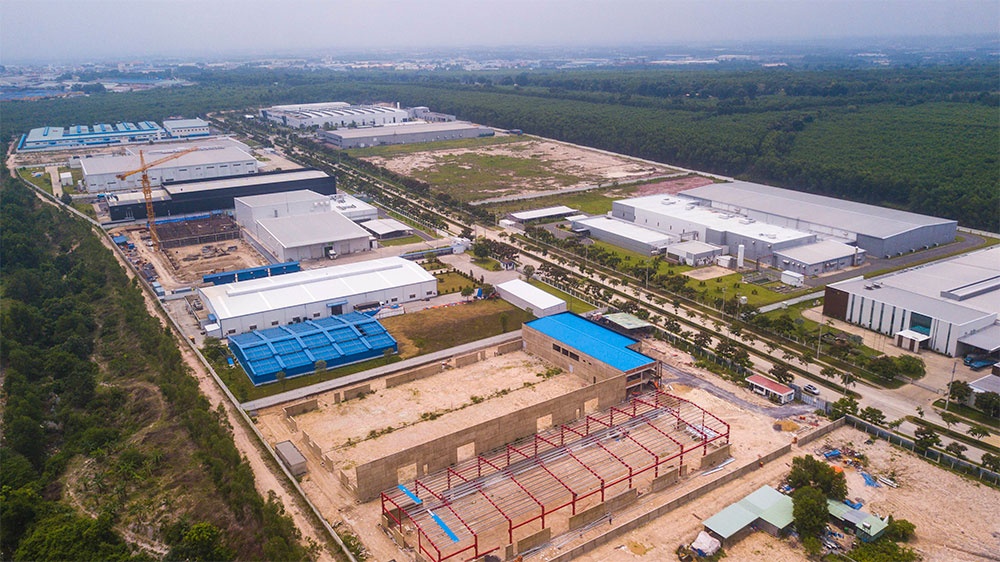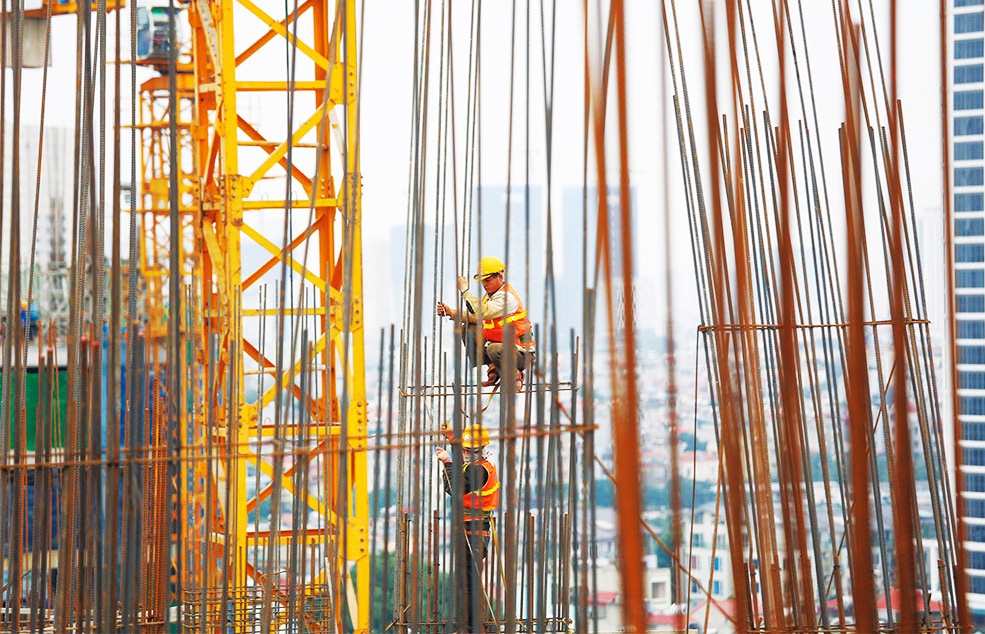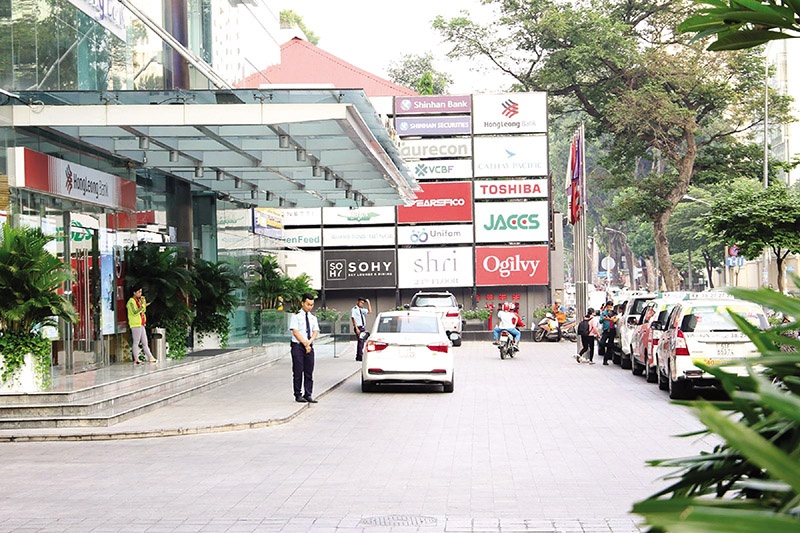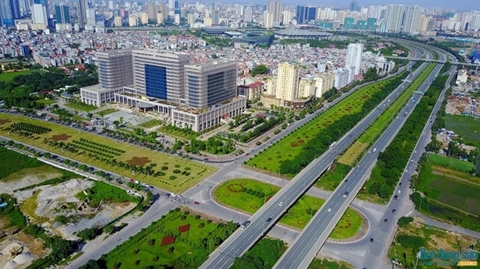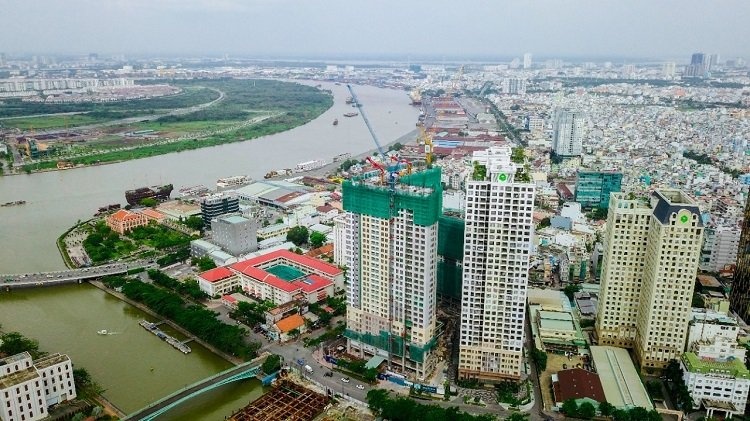Stuck in the mud: reviving the fortunes of Thu Thiem
Stuck in the mud: reviving the fortunes of Thu Thiem
Once expected to be the Pudong of Vietnam, after more than a decade of slow development the Thu Thiem area of Ho Chi Minh City is not close to fulfilling its potential, with incomplete plans galore.
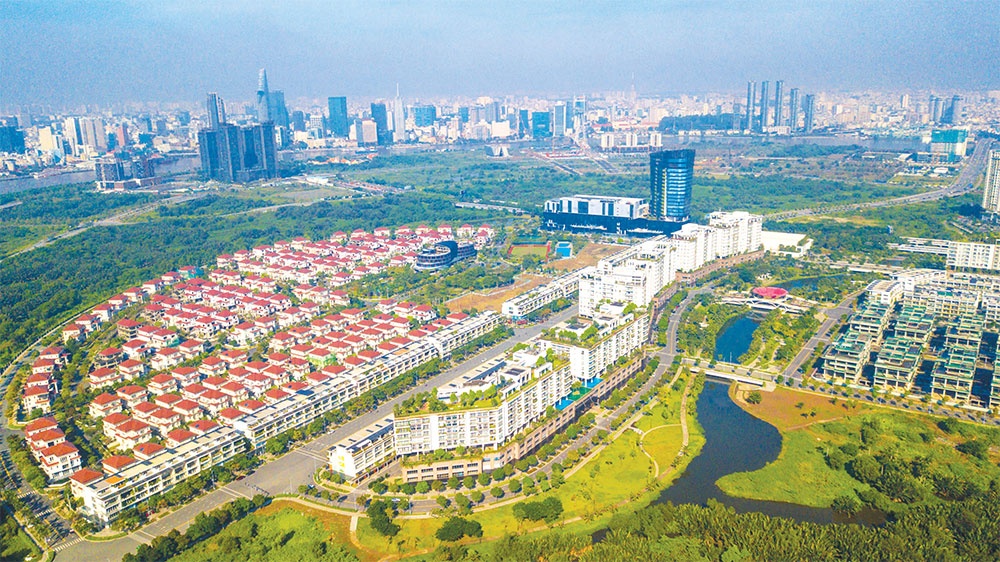
Last April, after three years of construction and a further four-year delay, Thu Thiem 2 Bridge was finally opened to traffic, connecting a major District 1 intersection to Vong Cung Boulevard in Thu Thiem New Urban Area over the Saigon River.
Almost immediately, and somewhat inevitably, the long-awaited event was beset with unfortunate press coverage when thieves stole dozens of manhole covers from the brand-new bridge.
Admin procedures for funding licences have delayed the building of basic infrastructure in Thu Thiem, photo Le Toan
The story put another negative spin on events surrounding Thu Thiem, which from inception carried the expectation of becoming the leading financial centre in the region. Planned to not only become a new central business district, it would transform Ho Chi Minh City into a major financial centre competing with Singapore, Hong Kong, or Seoul.
But with works continuing to stall in the area, the dream of a fully functioning Thu Thiem is still in the long grass.
According to the Global Financial Centre Index’s (GFCI) ranking of financial centres last year, Ho Chi Minh City dropped two places to 104 out of 119 cities evaluated. In the rankings, Singapore surpassed Hong Kong to rise to third worldwide, and even China saw a big jump when Shanghai, Beijing, and Shenzhen all entered the top 10.
In terms of Southeast Asia, Ho Chi Minh City remains behind other financial centres such as Manila, Bangkok, and Kuala Lumpur. The factors in the GFCI analysis model are grouped into five main competitive areas – business environment, human resources, infrastructure, financial development, and reputation. The scores of all five components for Ho Chi Minh City are currently relatively low.
A history of issues
Thu Thiem’s initial development orientation was to become a new financial centre of economic groups and at the same time a vibrant destination combining residential areas, offices, and shopping centres with hotels, residential areas, and serviced apartments.
However, most of the projects built in Thu Thiem thus far are housing projects. Meanwhile, complex commercial projects are limited, with only The Hallmark and The MEIT from SonKim Land office buildings and Thiso Mall from THACO opened as of the end of last year.
According to JLL Vietnam, one of the reasons for the shortage of commercial facilities is that investors in Vietnam prefer to develop projects that involve short-term investment recovery, such as apartments, while commercial ventures require high professional management capacity, slow capital recover, and must maintain profits for a long time.
This long-term situation has made Thu Thiem urban area a purely residential urban area thus far, lacking a balance of development between living and work, culture, and people’s lifestyle.
“A harmonious urban area will create conditions for residents of all classes to meet and interact to create values of employment, services, products, and social values, leading to a surplus for the economy instead of just creating real estate value. Therefore, the lack of synchronised infrastructure will limit attraction,” said Trang Le, senior director at JLL Vietnam.
The residential land price hikes and lack of important facilities could cause a real estate bubble and unsustainable development, according to Le.
Thu Thiem was expected to attract many multinational corporations, headquarters of global banks, credit institutions, and investment funds. However, the promotion policies of the two main urban areas still have many differences, leading to delays in overall development.
However, the main delays mainly stem from slow site clearance compensation and infrastructure construction, especially in connection with surrounding areas.
It took a decade for Thu Thiem to complete basic compensation for 99 per cent of the available land, but in the years since, difficulties in carrying out administrative procedures for investment licences have further delayed the speed of simple infrastructure construction compared to the expected progress.
In addition, besides projects that have been and are being implemented, Thu Thiem New Urban Area in particular still has a number of land lots that have not been allocated for development.
In 2021, Ho Chi Minh City Property Auction Service Centre held an auction of four land lots in functional area 3, but an eventual rejection of moving forward by the winners rejected has left even more uncertainty.



